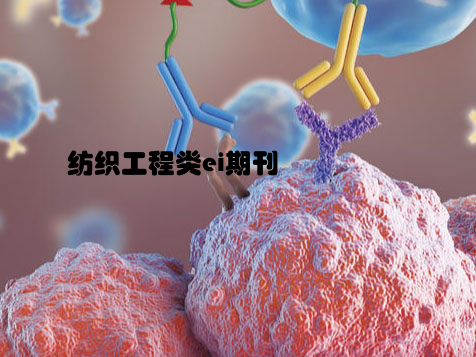Study on the Application of Nanotechnology in Textile Engineering
Nanotechnology has been increasingly applied in the field of textile engineering due to its unique properties and potential benefits. This study explores the recent advancements and potential applications of nanotechnology in textile engineering, focusing on its impact on fabric properties, dyeing and finishing processes, and functional textiles.

Benefits of Nanotechnology in Fabric Properties
Nanotechnology has the potential to enhance the performance and functionality of textile materials. By incorporating nanoparticles into fabric structures, properties such as strength, durability, and thermal regulation can be significantly improved. The use of nanotechnology also offers the possibility of creating smart textiles with features like self-cleaning, anti-bacterial, and UV-protective properties, opening up new possibilities for textile applications in various industries.
Nanotechnology in Dyeing and Finishing Processes
The application of nanotechnology has led to advancements in dyeing and finishing processes, offering more sustainable and efficient solutions. Nanoparticles can be used as carriers for dyes and finishing agents, resulting in reduced chemical and water consumption during the processing of textiles. Additionally, the use of nanotechnology has enabled the development of functional finishes that provide water repellency, stain resistance, and wrinkle-free properties, contributing to the production of high-performance and eco-friendly textiles.
Functional Textiles Enabled by Nanotechnology
Nanotechnology has opened up possibilities for the creation of functional textiles with enhanced properties and capabilities. For instance, the incorporation of nanoparticles into textile fibers can lead to the development of conductive textiles for applications in wearable technology and electronic devices. Furthermore, nanotechnology has enabled the production of phase change materials (PCMs) that can be integrated into textiles to provide temperature regulation and thermal comfort, expanding the range of applications for textiles in areas such as sportswear and protective clothing.
Challenges and Future Directions
While nanotechnology holds great promise for the textile engineering field, there are also challenges that need to be addressed. These include concerns about the potential environmental and health impacts of nanoparticles, as well as the scalability and cost-effectiveness of nanotechnology-based textile processes. Future research directions may focus on addressing these challenges, as well as further exploring the potential of nanotechnology in areas such as 3D printing of textiles, bioactive textiles, and nanofiber-based materials.
In conclusion, the application of nanotechnology in textile engineering presents exciting opportunities for the development of high-performance, functional, and sustainable textiles. As research and innovation in this area continue to advance, the potential for nanotechnology to revolutionize the textile industry is vast, with implications for a wide range of applications and markets.



